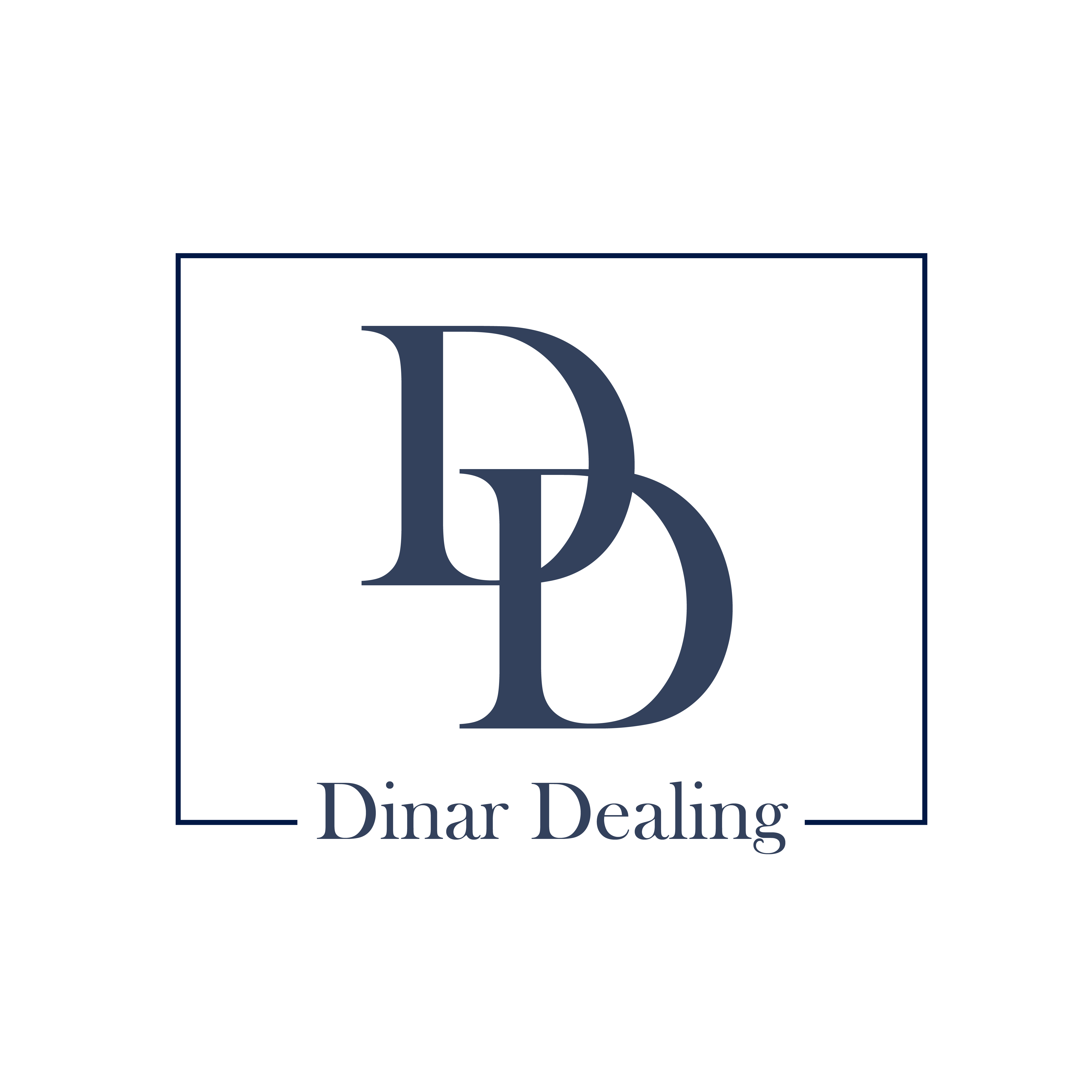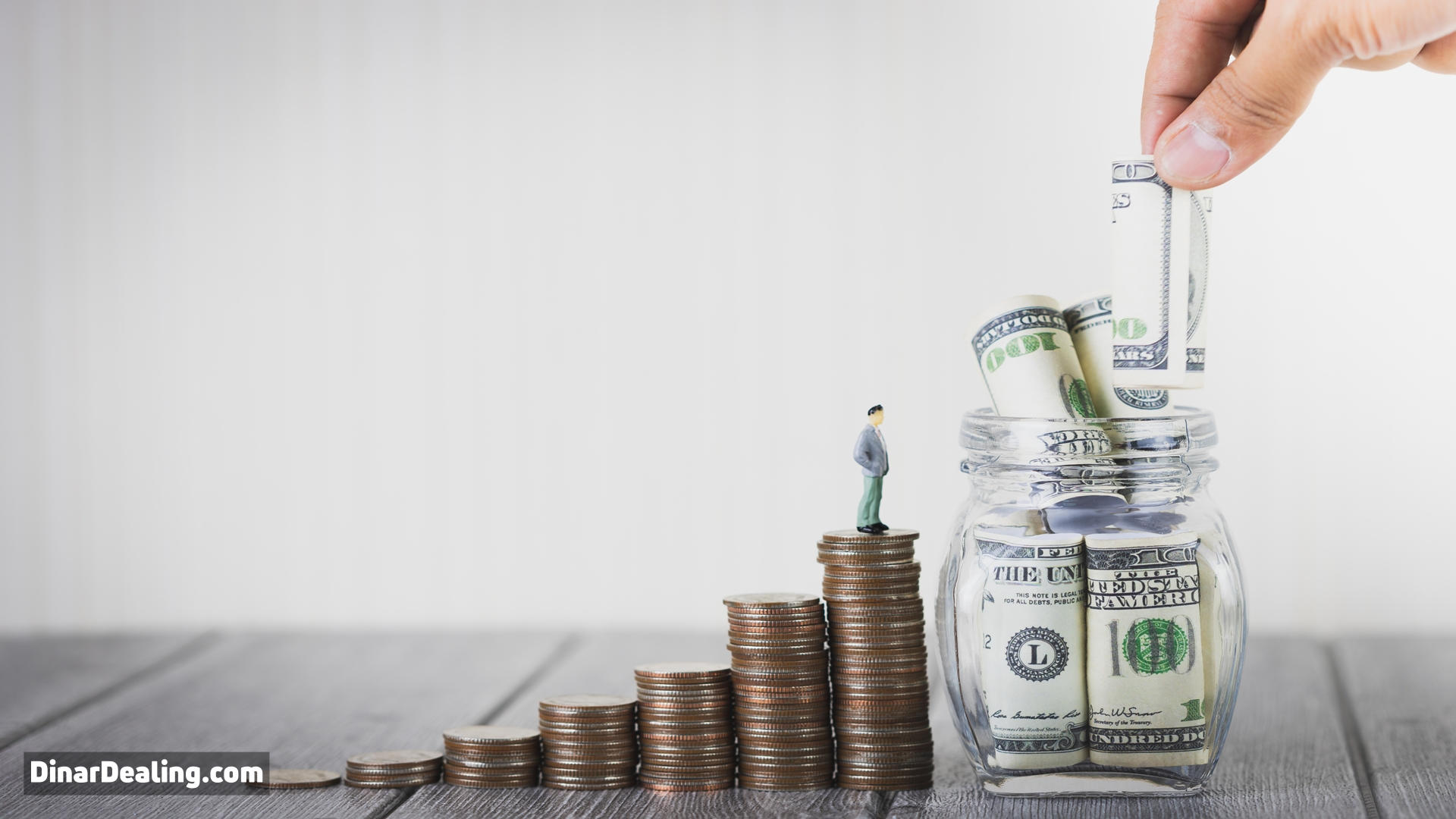Investors in the United States are increasingly turning their attention to the Iraqi Dinar (IQD), believing in its potential as a lucrative investment opportunity. Despite the risks involved, several factors are motivating these savvy investors to add IQD to their portfolios. This article outlines ten compelling reasons why intelligent investors are buying Iraqi Dinar right now, showcasing trends you might not have considered.
1. Anticipation of Iraq’s Economic Growth
The foremost reason for investing in the Iraqi Dinar is the potential for future economic growth in Iraq. As one of the world’s largest oil reserves, Iraq stands poised for significant economic expansion. Investors speculate that with economic stabilization, the value of the IQD could rise substantially, offering substantial returns.
2. Potential of Currency Revaluation
There’s speculation about the possibility of the Iraqi Dinar undergoing a significant revaluation. Such a revaluation could increase the currency’s value relative to other currencies, particularly the USD. Smart investors are banking on this potential shift as a lucrative opportunity, albeit with inherent risks.
3. Diversification of Investment Portfolios
Astute investors always seek diversification to mitigate risks, and the Iraqi Dinar presents a unique opportunity to achieve this. By investing in foreign currencies like the IQD, investors can enhance their portfolio diversification, spreading risk across different assets and markets.
4. Access to Iraqi Oil Reserves
Iraq possesses some of the largest untapped oil fields, making it an attractive proposition for global investors. With increasing concerns about oil scarcity, holding IQD can offer indirect exposure to Iraq’s oil industry, which could boost the currency’s value over time.
5. Rising Interest from Institutional Investors
Recently, there’s been a noticeable uptick in interest from institutional investors and hedge funds in the Iraqi Dinar. This institutional attention often signals potential for growth and can drive up the currency’s value, prompting individual investors to follow suit.
6. Limited Availability of Iraqi Dinar
Unlike major currencies, the supply of Iraqi Dinar is limited, adding an appealing scarcity value. Investors often target assets with limited availability as a strategy for potential future profitability, and the IQD fits this bill perfectly.
7. Geopolitical Developments
Stability in the Middle East can have a significant impact on currency values. Recent geopolitical developments in the region suggest a trend toward greater stability and international cooperation with Iraq, enhancing investor confidence in the IQD’s potential appreciation.
8. Low Entry Barrier for Retail Investors
Purchasing Iraqi Dinar doesn’t require a large initial investment, making it accessible for smaller retail investors who want to explore foreign currency markets. This low entry barrier enables investors to start small and potentially benefit from future currency appreciation.
9. Expert Forecasts on Regional Development
Many economic experts project significant infrastructural and industrial development in Iraq over the coming years. These forecasts add to the optimism surrounding the IQD, as infrastructural growth typically correlates with economic stability and currency value increase.
10. Hedge Against US Dollar Depreciation
With growing concerns about the depreciation of the US Dollar and inflationary pressures, investors are eyeing foreign currencies like the IQD as a potential hedge. The idea is that investing in a currency whose value might appreciate with global economic changes can protect investors from USD downturns.
In conclusion, while investing in Iraqi Dinar is not without its risks, the combination of economic potential, currency revaluation prospects, and diversification benefits present a compelling case. Investors are weighing these possibilities against the inherent uncertainties, making a calculated risk with the potential for substantial returns.

